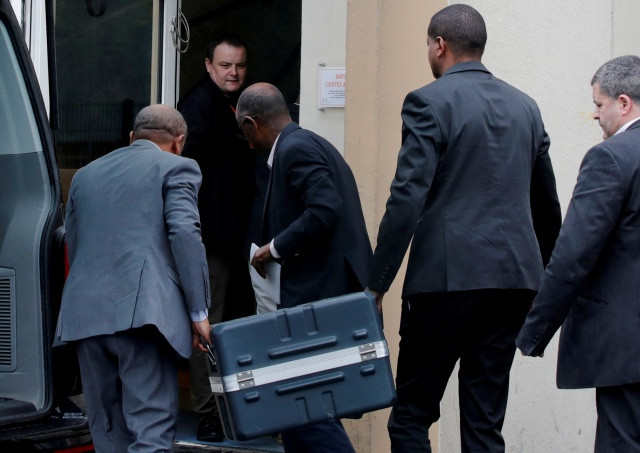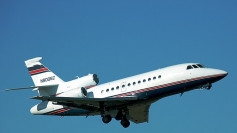The black box of the Ethiopian Airlines' Boeing 737 Max that crashed on March 17 has been recovered and initial findings pointed to many similarities to Lion Air's crashed plane in Indonesia that happened in October last year.
Lion Air and Ethiopian Airlines' aviation accidents both involved the Boeing 737 Max 8 and according to Ethiopia's transport minister, based on the data retrieved so far from the black box, the crashes were similar in many ways.
While declining to give details, Dagmawit Moges told journalists the parallels would be the "subject of further study during the investigation," with a preliminary report issued in "30 days".
Dagmawit Moges, the Ethiopian Transport Minister, told journalists on Sunday, March 17 that the black box of the Ethiopian flight is in very good condition and all the data and recorders are clear. She added that it contained enough date for the experts to figure out what really happened to flight ET 302 that crashed on March 10, killing all 157 people aboard.
According to BBC News, in both Lion Air and Ethiopian Airlines' plane crashes, flight tracking data revealed that the aircrafts' altitude had changed sharply. It seems that both planes experienced irregular climbs and descents which suggest that the pilots struggled to gain control of the erratic plane. Moges said that they will release more information within one month and a detailed report is to be expected.
Moreover, Russell Lewis, southern bureau chief for NPR News, said on Sunday via "All Things Considered" radio show, that the Boeing 737 Max 8 involved in both accidents feature an anti-stall system designed to drive the nose of the plane down when flight control systems detect an issue with low airspeed and this may have caused the aircrafts to plunge.
"This is just one aspect of what's expected to be a long and really lengthy investigation that could take several years," NPR's southern bureau chief said. "But it is another clue that seems to indicate that what brought down both jets seems to be related."
He added, "Aviation accidents are rarely the result of a single cause. There are often many small things that lead to a crash, and that's why these investigations take so long."
The Federal Aviation Administration also revealed that based on previous safety analysis concerning Boeing 737 Max 8, the aircrafts' flight control system called MCAS (Maneuvering Characteristics Augmentation System) was found to have some major flaws and this safety report was delivered at the time when Boeing was in a rush to catch up to its rival Airbus in 2015.
It was alleged that anonymous sources from FAA said that agency incongruously delegated the 737 Max 8's certification to Boeing employees. As a result, the safety report presented "significant mischaracterizations" in the description of flaws and this misstep proved to be fatal.






